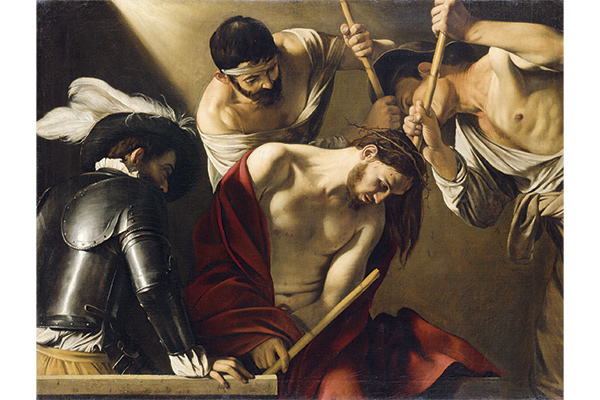An exhibition in Amsterdam reveals how the Church harnessed the raw emotion of the Baroque
The cardinal is right in front of me, but his attention has been caught by something happening just over my shoulder, and he is looking towards it. He’s on the verge of speaking, but it’s not entirely clear who he’s addressing. I’d be perfectly happy if it was me, because his demeanour suggests a rather fun guy. I like his edgy little goatee beard, and I love the way he’s not quite managed to do up all the buttons on his mozzetta.
The man before me is Scipione Borghese: he died in 1633, but so perfectly has Giuliano Finelli captured his spirit and his soul that I feel, standing here in the Rijksmuseum in Amsterdam, that I know a lot about him. The important stuff, anyway. And here’s what makes this truly remarkable: the face I’m looking at isn’t a painting, it’s a marble bust. For artists of the Baroque, capturing people in as lifelike a way as possible was a major ambition: and nowhere is this seventeenth- century vivacità more remarkable than when it turns cold, hard marble into something palpably soft and exquisitely human.



